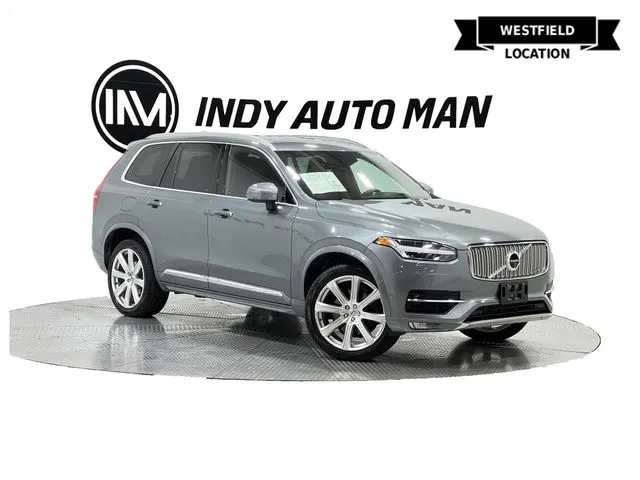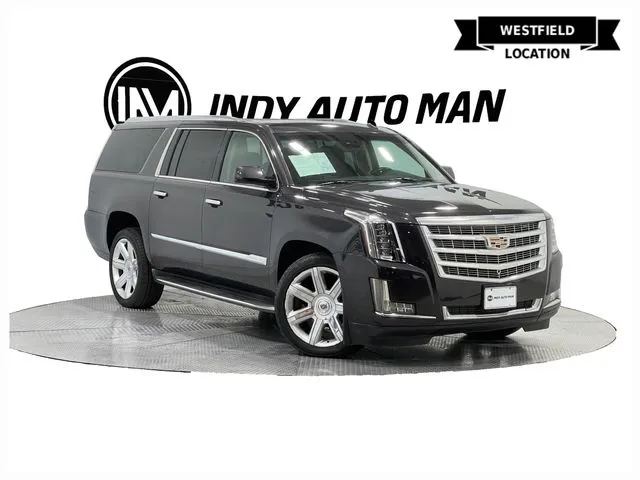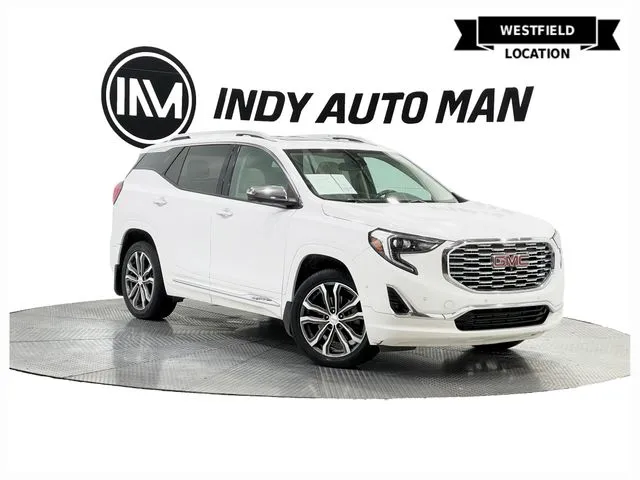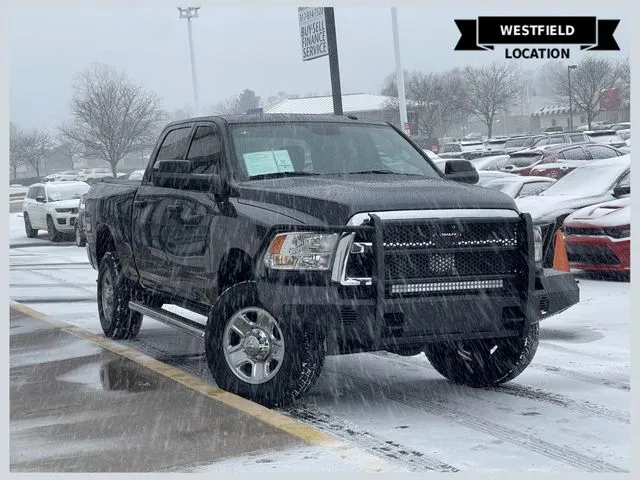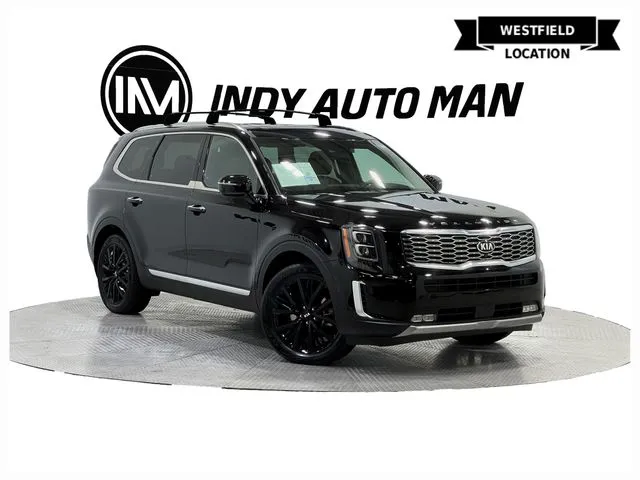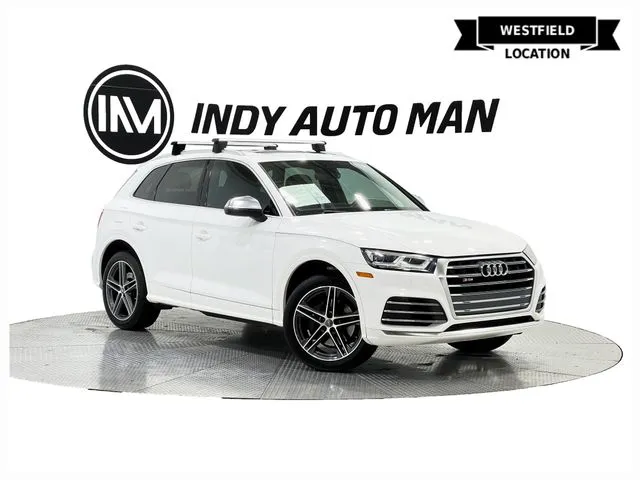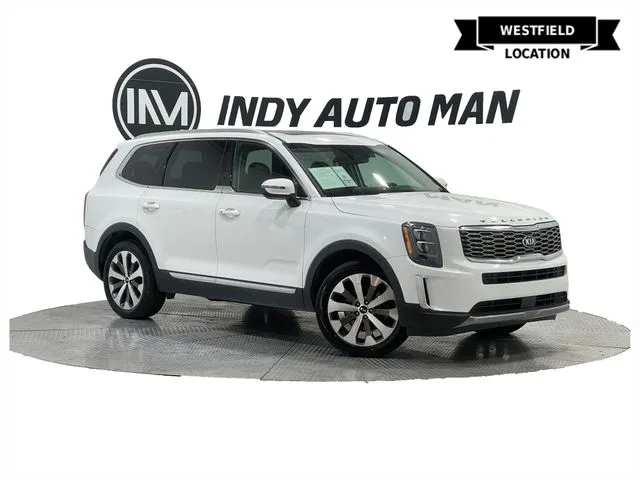GAP Insurance: What Does It Cover?
Table of Contents

GAP vehicle insurance is one of the most attractive options on the market. Every year more and more US car owners wonder whether it is a real benefit or just competent work of marketing services. Today, we discuss the most frequently asked questions about GAP insurance.
What Does GAP Mean in Insurance?
GAP is an abbreviation for guaranteed asset protection or a guarantee of maintaining the value of a car. In the standard case, payments under extended insurance in case of loss of a car (total damage or theft) are made considering depreciation . So the insurance sum decreases every year with the vehicle market value. However, with GAP, depreciation is 0% even after several years of operation. Thus, GAP insurance is an opportunity to receive an additional payment that covers the difference between the insurance compensation and the real market value of the car .
Different insurance companies set damage limits for a car when determining the total loss. Usually, it is about 70-75% of the car market value. Pay attention to this point in the agreement and ask your insurer to explain in what cases you will get compensation.
Terms and Nuances of GAP Insurance: Does It Pay Full Amount?

GAP insurance can be issued not only for a new car from an official dealer but also for a used one (albeit with restrictions – usually up to 5 years old and with a mileage of no more than 60,000 miles).
You can obtain GAP insurance only in the first year of using the car. In subsequent years, you can only renew the policy.
What Is Covered on GAP Insurance?
When concluding a GAP agreement, the car value is specified according to the sales agreement or the GAP policy. If an insured event occurs, the insurer adds payment to the compensation. GAP can be issued for up to 36 months. Even after a few years, the total insurance compensation amount will turn out to be as if the car has not fallen in price for a penny.
There are six types of GAP insurance:
- Return to invoice supposes a ‘total loss’ payment equal to the amount you purchased the car for.
- Return to value pays the difference between a ‘total loss’ amount and the initial car value.
- Vehicle replacement pays the difference between a ‘total loss’ payoff and the new car value.
- Finance GAP insurance covers loan payments on a car without negative equity.
- Negative equity insurance covers extra costs on financing that occur if you borrow more than the car value.
- Lease GAP insurance pays the rest of the lease contract and extra fees for the early agreement ending.
What Is the Most GAP Insurance Will Pay?
Gap insurance pays the difference between the amount you owe for the vehicle and the actual value paid by the auto insurance company. Lease/loan coverage usually has a cap on the amount payable (about 25% of the vehicle’s ACV) minus your deductible.
Pros and Cons of GAP Insurance

The main advantage of the GAP package is obvious. It (and only it) provides an opportunity to purchase the next car in case of loss without additional payments – at least not worse than the current one, and in most situations even better.
The product does not even have a clearly defined target audience: it can be recommended to all drivers who are worried about the safety of their property and would like to receive full compensation for it in an emergency. The GAP offer is especially beneficial for owners of premium models because the higher the cost of a car, the greater the difference between the amounts when buying and after deducting depreciation. During the validity of the insurance, the discrepancy can reach several thousand dollars. Small expenses for GAP will allow you to avoid significant losses in case of theft or constructive loss of an expensive car.
For business representatives, the advantage is that some insurance companies offer types of GAP insurance for leased vehicles, trucks , and vans .
For every car owner during the period of constantly increasing prices, it’s a way to gain even more if the agreement is signed to the compensation up to the actual market prices in case of severe damage to a vehicle.
Another vital advantage of this type of insurance is the very reasonable price of the policy. Usually, it does not exceed a few percent of the actual GAP value.
The main disadvantages are hidden in the restrictions. Some cars may not be covered if they:
- are on a fire or theft policy;
- have more than 100,000 miles on the odometer;
- are used for taxi services;
- falls under any other restrictions of the insurance company.
GAP insurance does not cover vehicle modifications such as larger exhaust pipes, alloy wheels, and spoilers. And if you miss a payment from the insurance company or incur other costs, GAP insurance won’t cover anything.
How Much Is Gap Insurance Monthly?
The rate varies depending on the insurance company you choose. You may expect a monthly payment from $5 to $20 for gap insurance.
Can I Claim Back Gap Insurance?
If you want to cancel your policy early, the insurance company may give a pro-rata refund with an administration fee. But if you have already used your GAP insurance, there will be no refund.
Is a GAP Insurance Worth It?

If putting down less than 20% on a vehicle, it is wise to get Gap insurance for the first few years of car ownership. Today, most companies offer GAP insurance with a guarantee of maintaining the car value. However, conditions may differ significantly.
Don’t rush into signing an agreement. Pay attention to the details and find out:
- What is the insurance indemnity limit?
- What is included in the list of exceptions to insured events?
- Is it possible to cancel the insurance ahead of schedule with a refund of part of its cost?
Careful market monitoring and expert advice from our insurance consultants will allow you to choose the most profitable and reliable offer.
Choose a car from our inventory and contact us to discuss all possible insurance options.
Pre-owned
Pre-owned
Pre-owned
Pre-owned
Pre-owned
Pre-owned
Pre-owned
Pre-owned
Pre-owned
Pre-owned
Pre-owned
Pre-owned
Pre-owned
Pre-owned
Pre-owned













































































